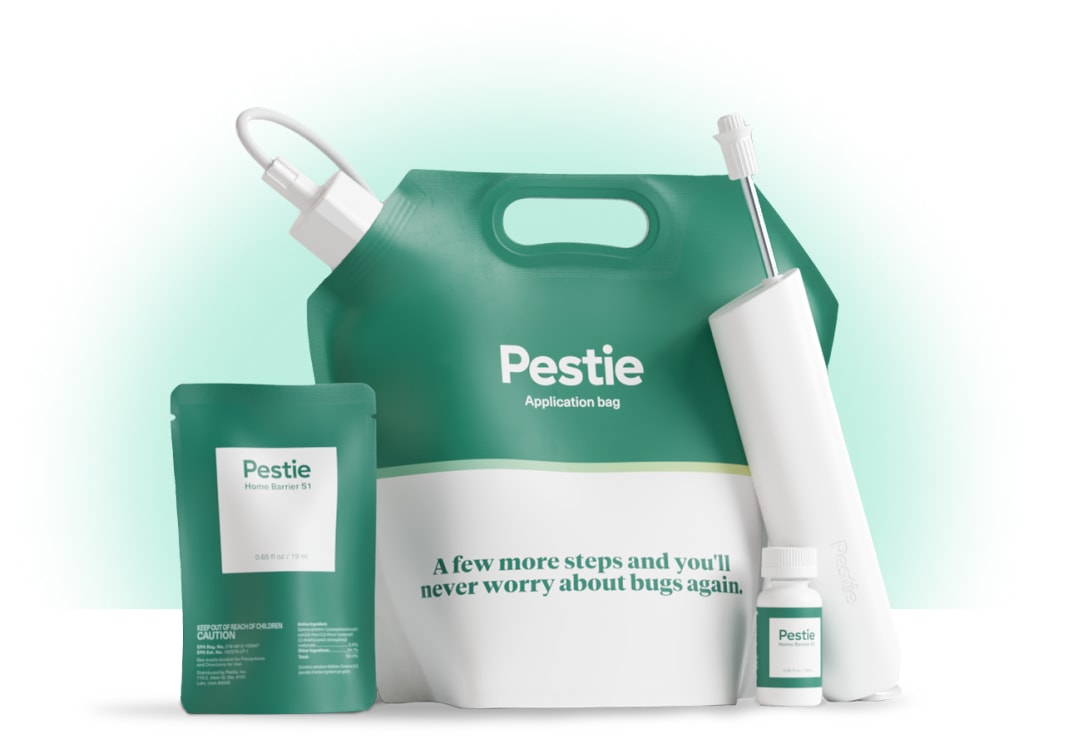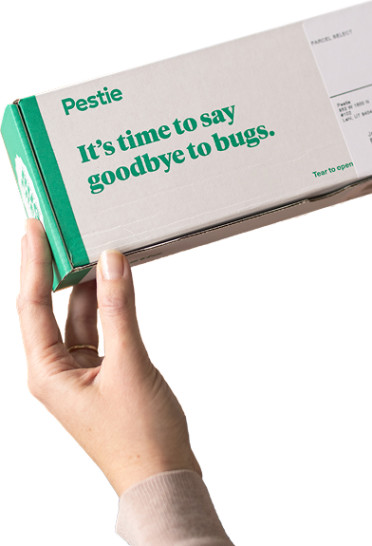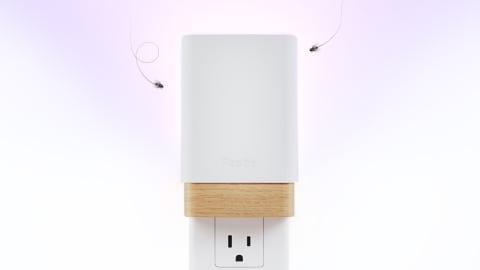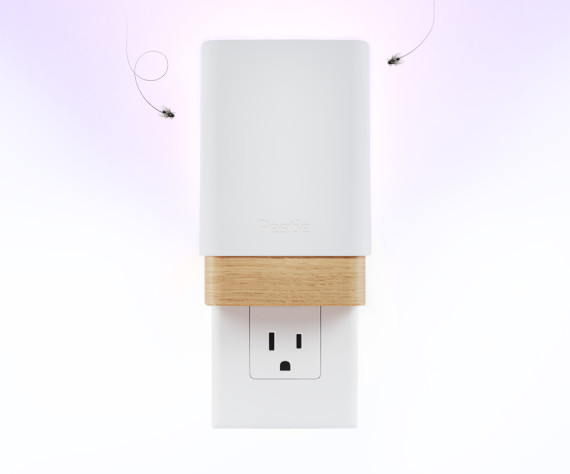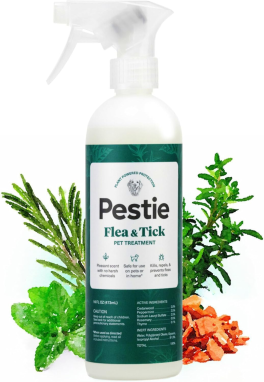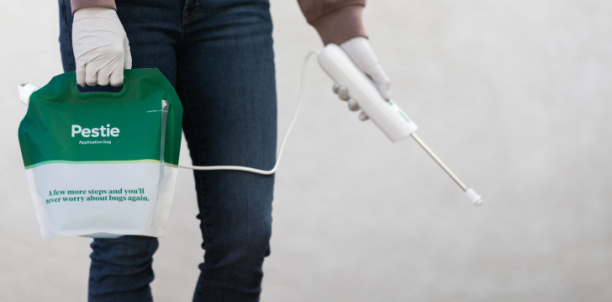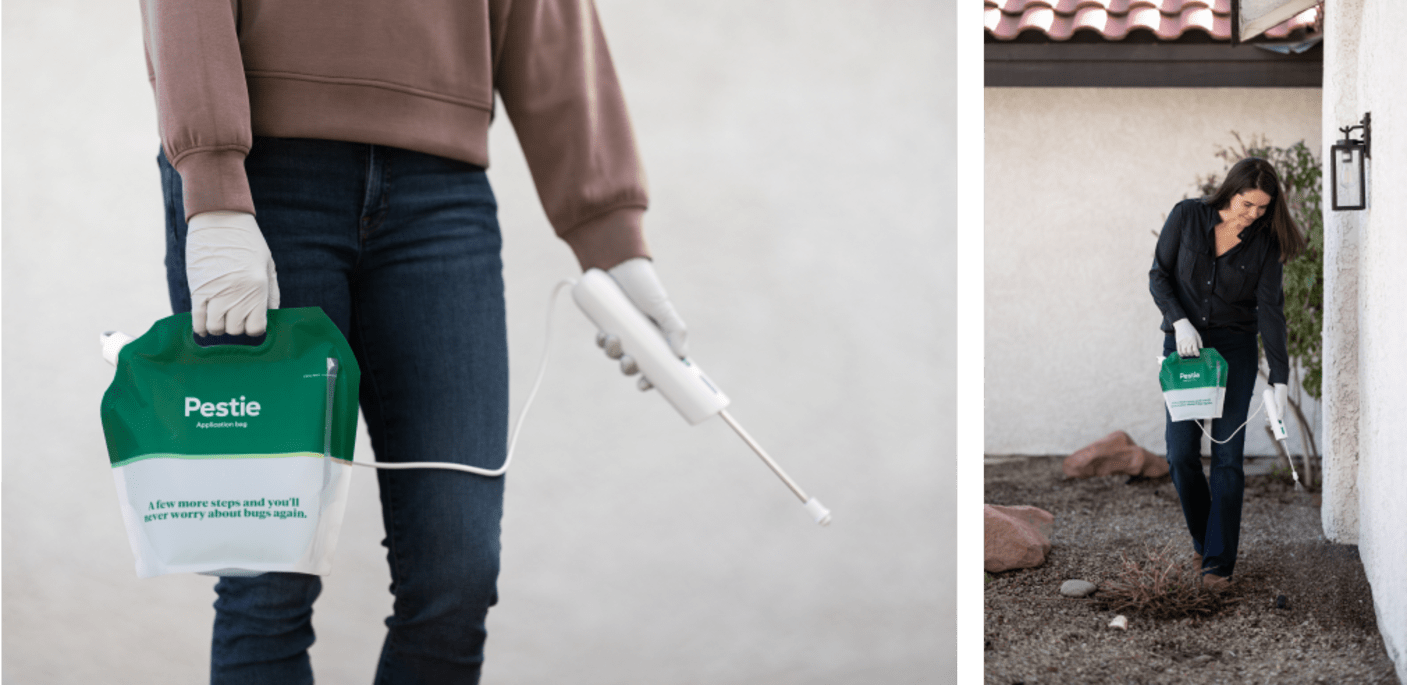How to identify and get rid of seed bugs
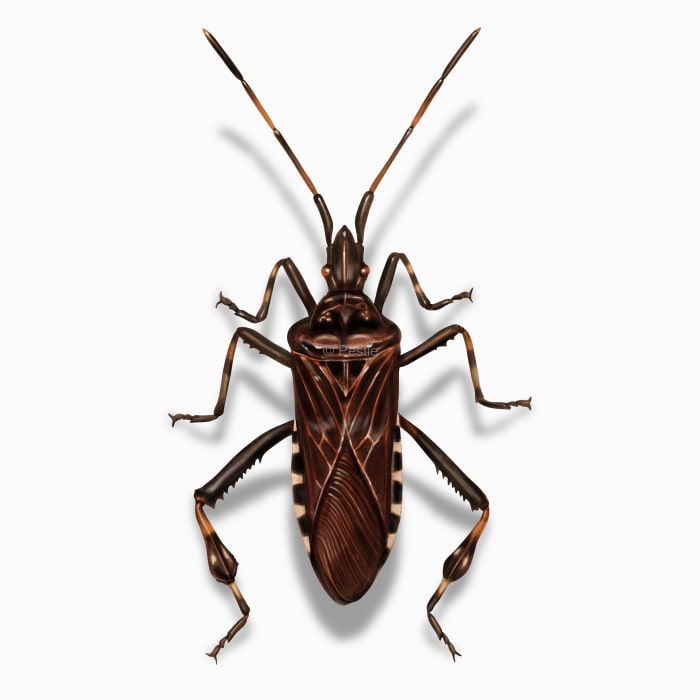
Seed bugs! Coming to a home near you
Seed bugs come in all shapes and sizes. Many get their names from the plants they like to hang out on. For example, milkweed bugs eat the seeds from milkweed plants, western conifer seed bugs live on conifer trees, and sycamore seed bugs… you guessed it… eat sycamore tree seeds.
Fortunately for homeowners, there isn’t a living room seed bug, even though these bugs can occasionally make their way into our homes.
Seed bugs are a diverse group of true bugs in the Lygaeidae family. They have a proboscis or beak that can pierce into seeds, plants, and sometimes other insects.
During the cooler months, seed bugs look for shelter to overwinter. That means your home can be the #1 target. A few seed bugs here and there isn’t much of a problem, but sometimes, when their populations peak, you can get hundreds of seed bugs looking to invade your space.
How to identify seed bugs
There are many different species of seed bugs across the US. Some are brown and dull-looking, while others can be quite colorful. Yet, a few traits separate them from other true bug families.
Seed bugs typically have oval or elongated bodies with four wings. They are pretty agile and can be good flyers, too.
If you want to identify an insect as a true bug, you need to spot a few details.
- Their antennae only have four segments
- Their wings will have four or five veins
- They have two eyes on the side of their heads and extra simple eyes on the top of the head. These simple eyes, also called ocelli, detect only light and movement.
How big are seed bugs?
Seedbugs typically grow to about 1/4 to 1/2 inch long.
What other pest looks like a seed bug?
Squash bugs, plant bugs, and stink bugs can sometimes look like seed bugs. Boxelder bugs can also look very similar to some species of milkweed bugs.
Where do seed bugs live?
Seedbugs are found throughout the United States, particularly in areas with lots of vegetation where they can access their food sources.
They are often attracted to lights at night. You can spot them near porch lights or illuminated windows. Outside, they will be living on their host plants.
How to get rid of seed bugs
Seed bugs can, unfortunately, make their way into our home. Fortunately, there are a few ways you can get rid of them without resorting to pesticides:
- Seal entry points: Caulk and seal windows, doors, and cracks to prevent seedbugs from entering.
- Reduce lighting: Minimize outdoor lighting at night or use yellow bulbs that are less attractive to bugs.
- Manual removal: Use a vacuum cleaner to quickly remove seedbugs inside your home.
- Insect Barrier: Spray an insect barrier in and around your home to keep seed bugs from entering your home. Pestie offers a DIY pro-grade solution that can keep bugs away all year!
Treat seed bugs with Pestie
If you're still having trouble keeping seed bugs away, the best option is to use a pro-grade, effective pest control solution like Pestie.
Pestie is a do-it-yourself pest control solution that's specially designed to keep seed bugs and other pests away from your home.
With Pestie, you can rest easy knowing that your living space is protected and free of creepy crawlies. And the best part? It's designed for people, pets, and the planet, so you can say goodbye to harsh chemicals and hello to peace of mind!
- Save hundreds compared to traditional annual pest plans
- People, pet, and planet-friendly
- Pro-grade customized formulas
Quick facts
- Scientific name
Leptoglossus Occidentalis
- Colors
Brown, black, red, orange
- Life span
2-3 months to 1 year
- Diet
Seeds and plants
How dangerous are Seed Bugs?
Low danger risk
Seed bugs are not harmful to humans or pets and do not bite or sting. They do not transmit diseases but can become annoying if a lot of them get into your home.
While not as effective as bees, some seed bugs inadvertently pollinate plants as they move from flower to flower, feeding on seeds.
